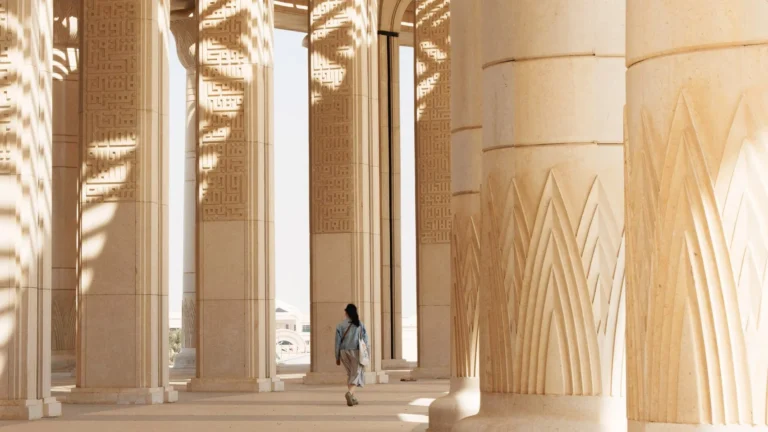Egypt’s ambitious New Administrative Capital (NAC) has been officially inaugurated, marking a new chapter in the nation’s urban and political landscape. Located 45 kilometers east of Cairo, the city spans 700 square kilometers and is designed to alleviate congestion in the existing capital while symbolizing Egypt’s modernization. The vast urban development is planned to house over six million people and serve as the country’s new administrative and financial hub.
At the heart of the city, a monumental central axis leads to key landmarks, including the Grand Mosque—the largest in Africa—the presidential palace, and the People’s Park. The cityscape is defined by grand ceremonial spaces, modernist gateways, and cutting-edge government buildings, including the House of Representatives and the Senate. Johan Blasberg, who photographed the NAC, described the architecture as imposing, with a neo-pharaonic aesthetic that blends futurism with monumental scale.
The city’s financial district boasts the tallest building in Africa, the Iconic Tower, while a sports complex features a 93,000-seat stadium. Designed with security and control in mind, the city represents a shift in Egypt’s urban planning approach.
Blasberg noted that the scale of the project felt overwhelming, with vast spaces making pedestrian navigation difficult. However, its advanced infrastructure, including artificial intelligence-driven utilities and 5G connectivity, aims to position the NAC as a smart city of the future.
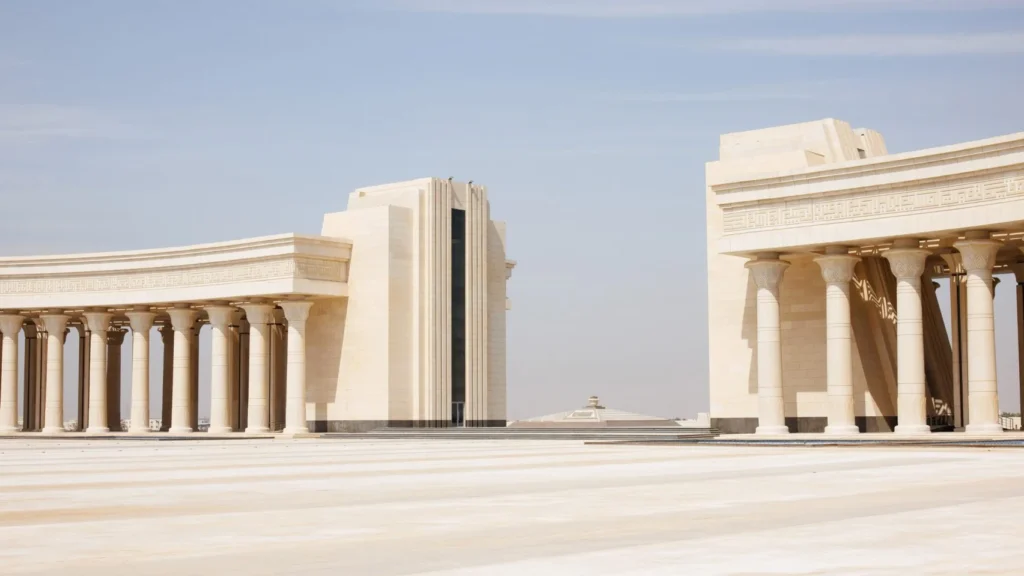
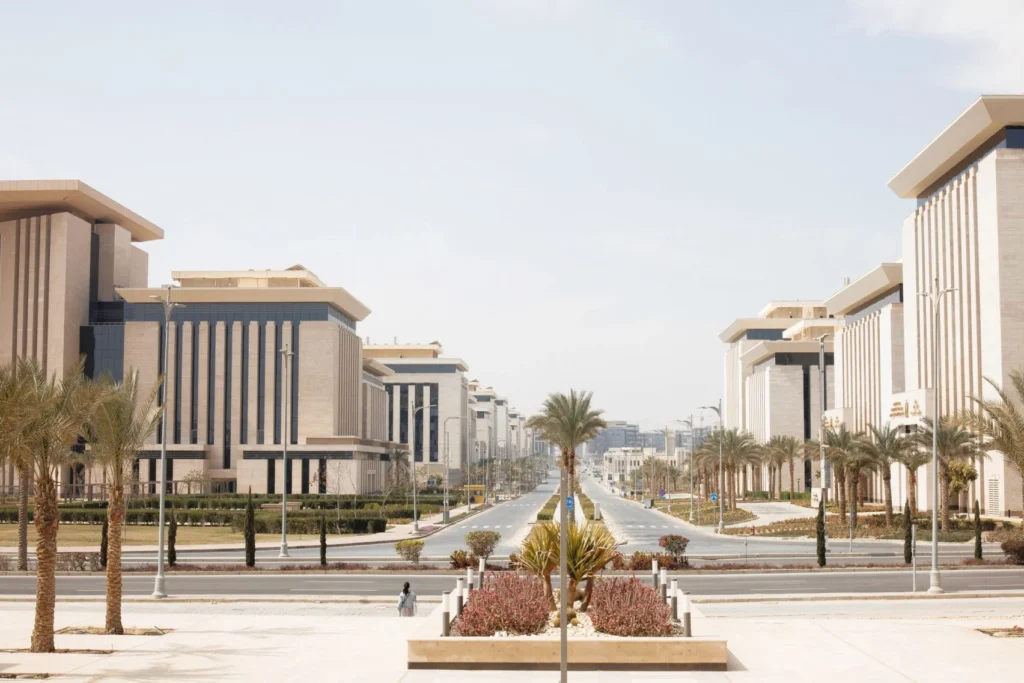
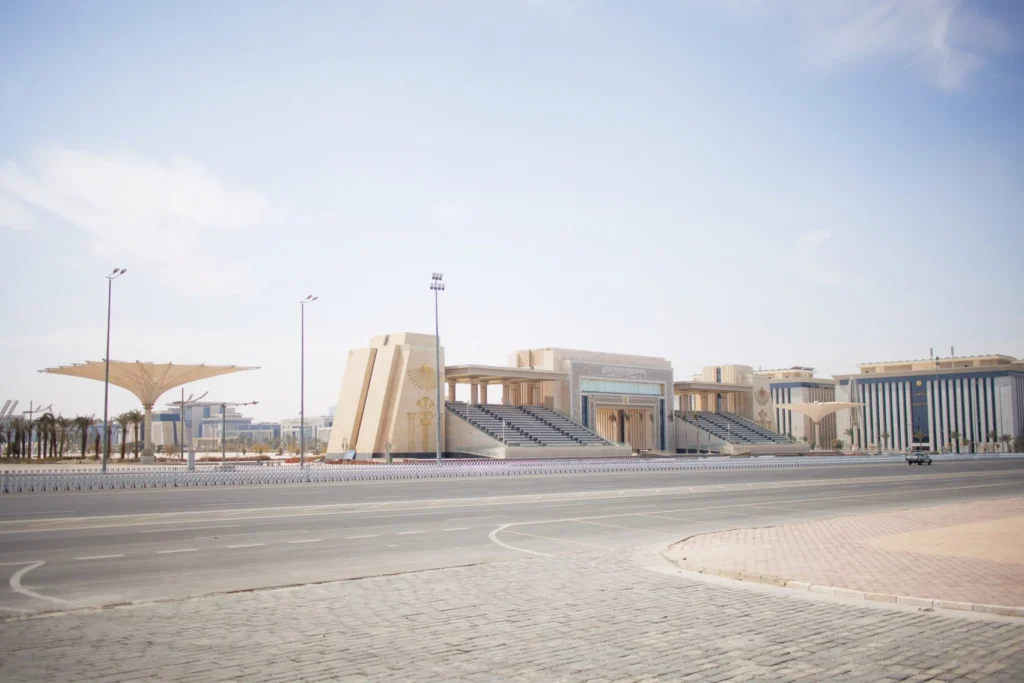
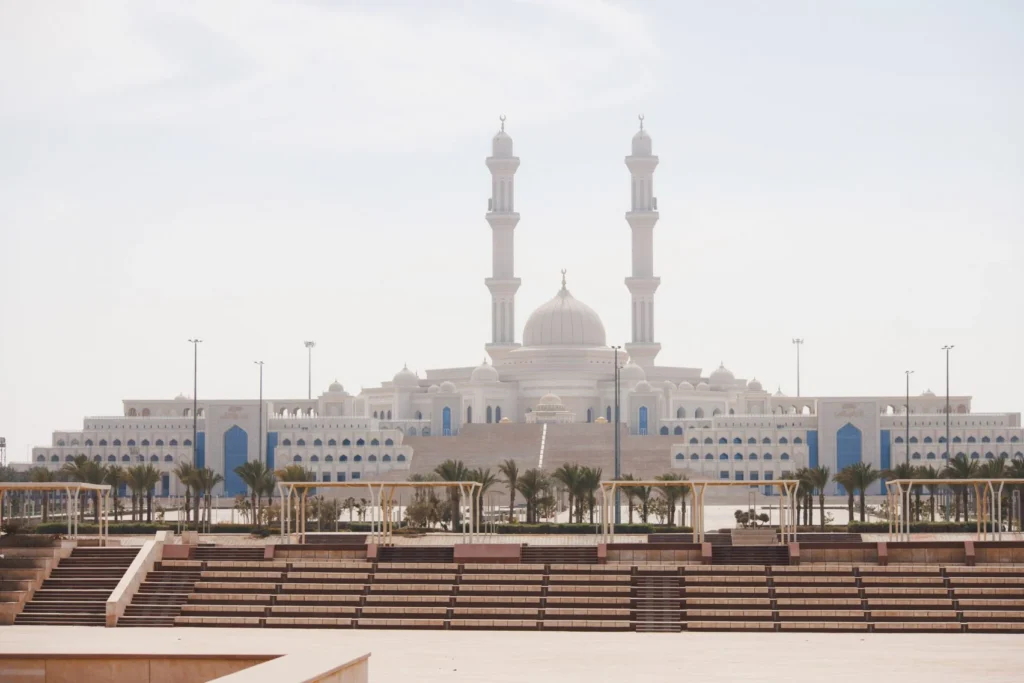
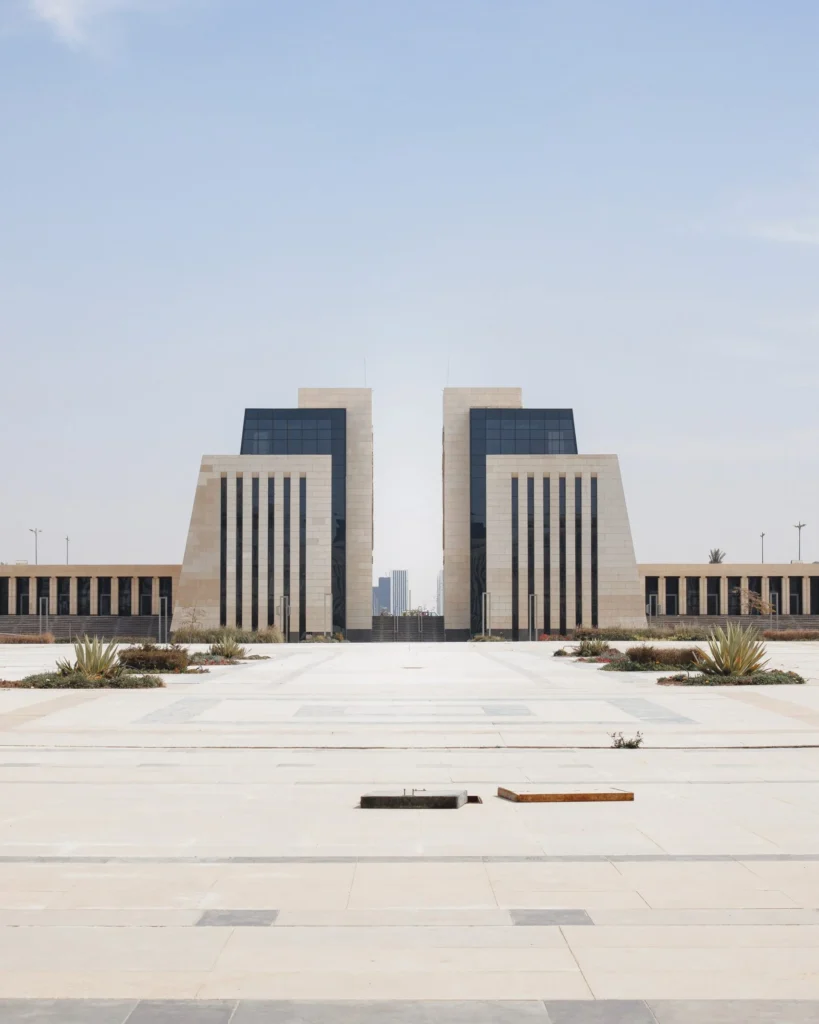
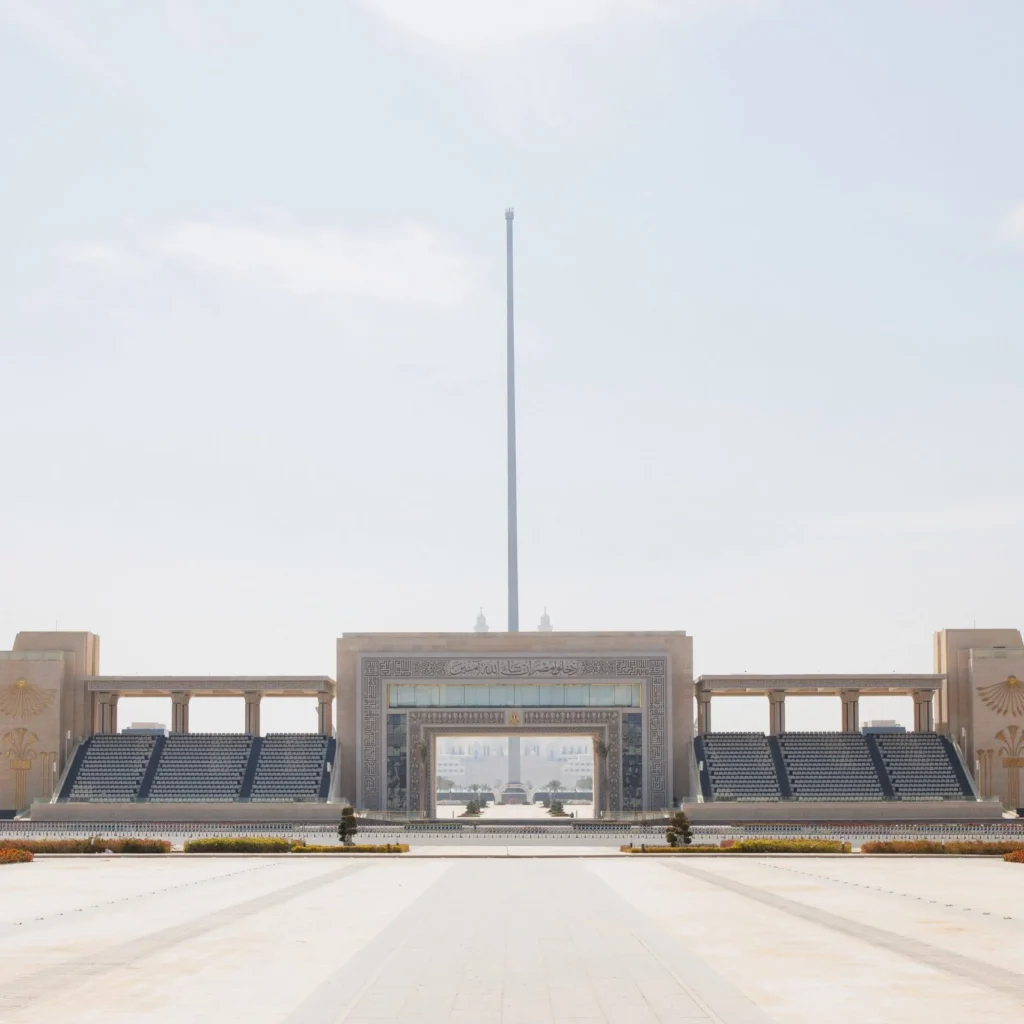
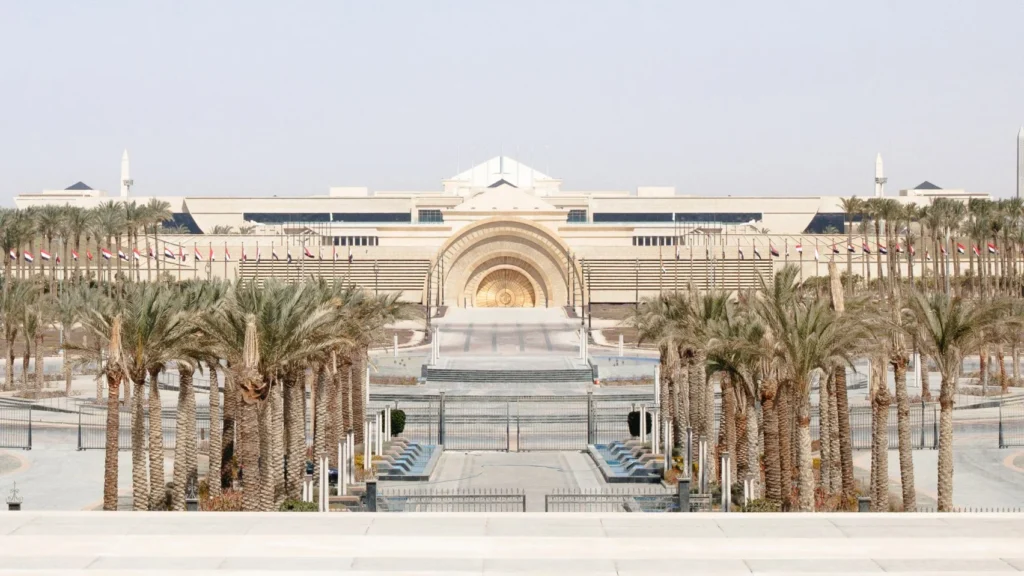
Photography by JOHAN BLASBERG
